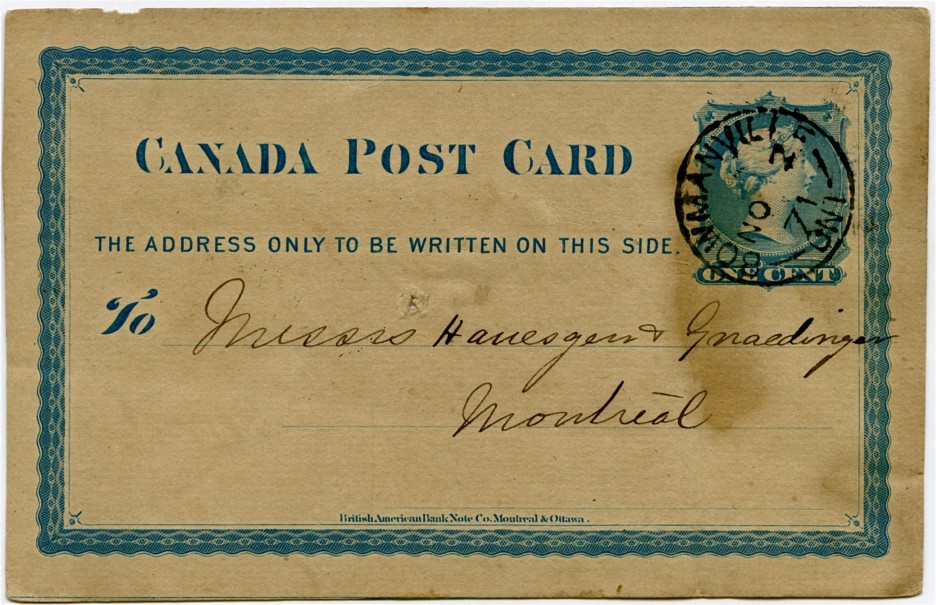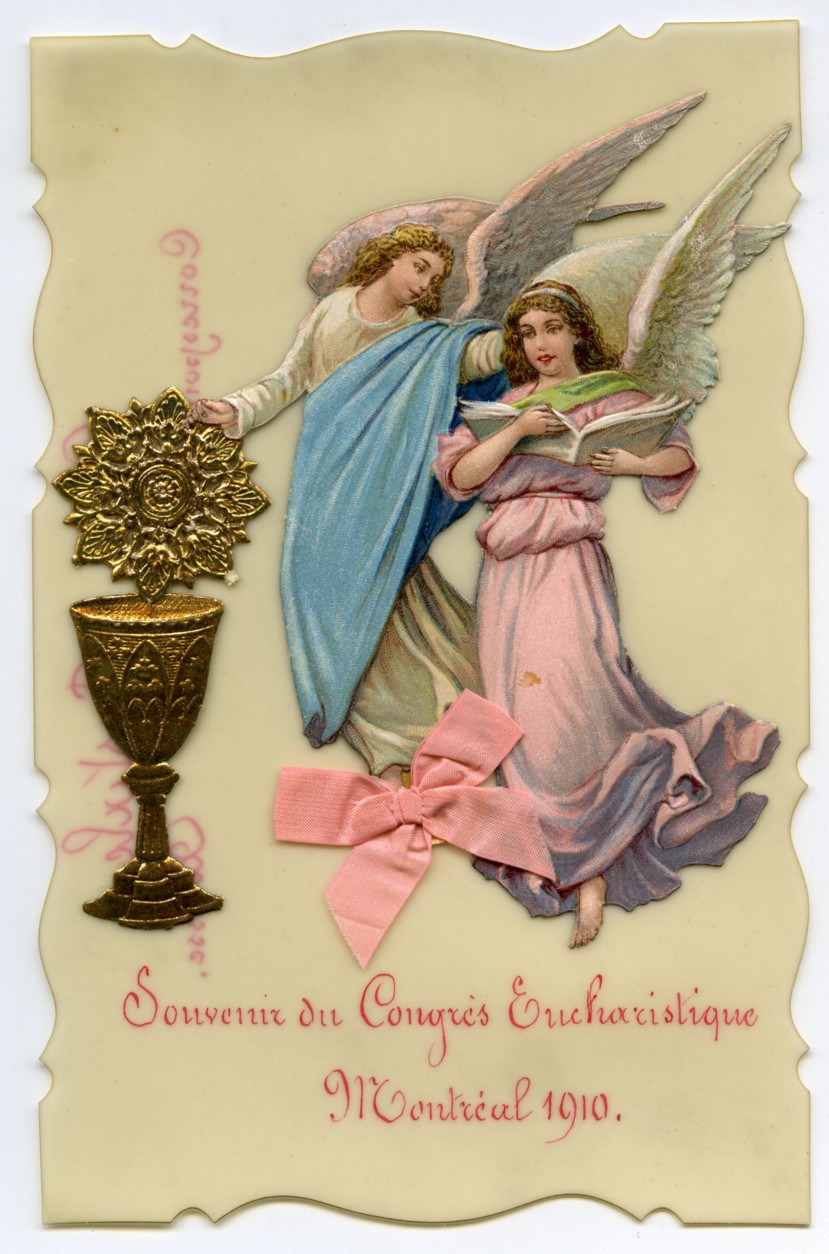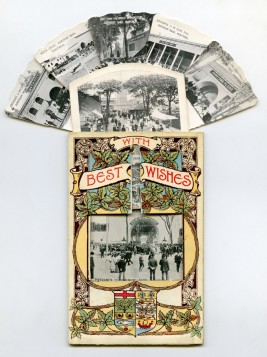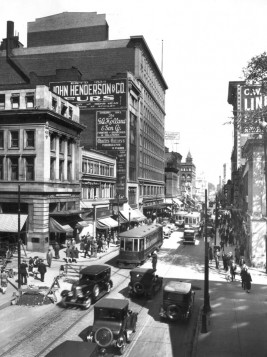Life in Montréal
The Christian Paquin postcard collection
Pointe-à-Callière has acquired a significant collection of nearly 20,000 postcards that focus exclusively on Montréal covering the period from 1871 to 2012. Of these 7,300 are considered to be modern and were produced after 1950. Another interesting fact: approximately 450 postcards were produced twenties photographer Harry Sutcliffe.
The collection has been painstakingly assembled over a period of 26 years by Montréal collector Christian Paquin. The postcard collection joins the Pointe-à-Callière archaeological collection that includes some 750,000 artefacts as well as to the ethno-historical and document collection of objects of all sorts, including rare books, drawings, engravings and stamps, photographs, maps and early plans of Montréal.
The collection provides as much information about the evolution of postcard production about Montréal as it does about the history of the city and the way it was represented in various eras, showing the changes that took place in the urban landscape, in the lifestyles of Montréalers, and in their social and cultural practices over more than a century’s time. Montréal neighbourhoods, workplaces and recreational areas as well as landmarks such as Mount-Royal, the Botanical Garden, Bonsecours Market and others are all included in the collection as are street life, hospitals, museums, sporting and cultural events, to name a few.
The soul of a collector
A trained historian, Christian Paquin is a Montréal collector whose passion blossomed with the purchase of a first postcard in Beaune, Burgundy, where he came across a card depicting the City of Montréal. He subsequently became interested in the history of postcard production and the rise of this means of communication, while also seeing the great potential of postcards as a teaching and research tool. Over the years, Mr. Paquin went on to assemble this impressive collection, which he gifted to Pointe-à-Callière to ensure its preservation.
The history of some of the cards
The oldest card in the collection dates back to 1871, and was mailed November 3 of that year. Printed in Montréal by the British American Bank Note Co. and affixed with a one-cent stamp bearing the portrait of Queen Victoria, the card does not display any visual image, as a law in effect until 1897 prevented the printing of illustrated postcards. The law was revoked after the first illustrated postcards appeared in France during the Paris World’s Fair of 1889, and in the US during the Chicago World’s Fair of 1893.

One of the finest examples of pop-up fan card design was produced by the firm of James Valentine and Sons of Scotland for the Québec market. By sliding the image upwards using a small metal tab, the card opens like a fan to reveal five other photos of Dominion Park.
The Montréal courthouse looks great, as illustrated using colour inks, on a postcard from 1905. The image is an accurate representation of the era, showing several horse-drawn carriages, men in top hats and the many overhead electrical wires criss-crossing the scene.
One card—a souvenir of the Eucharistic Congress in 1910—has a number of fascinating characteristics for anyone with an interest in the history of the illustrated postcard. It is a limited edition card, created as a way of immortalizing a commemorative event. It is also highly sought-after due to the rarity of the celluloid material it was made of.



